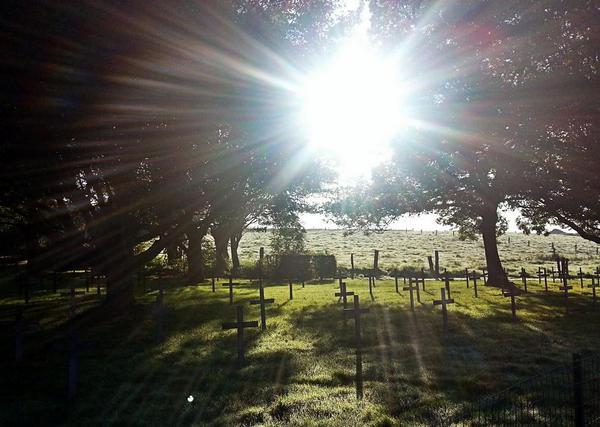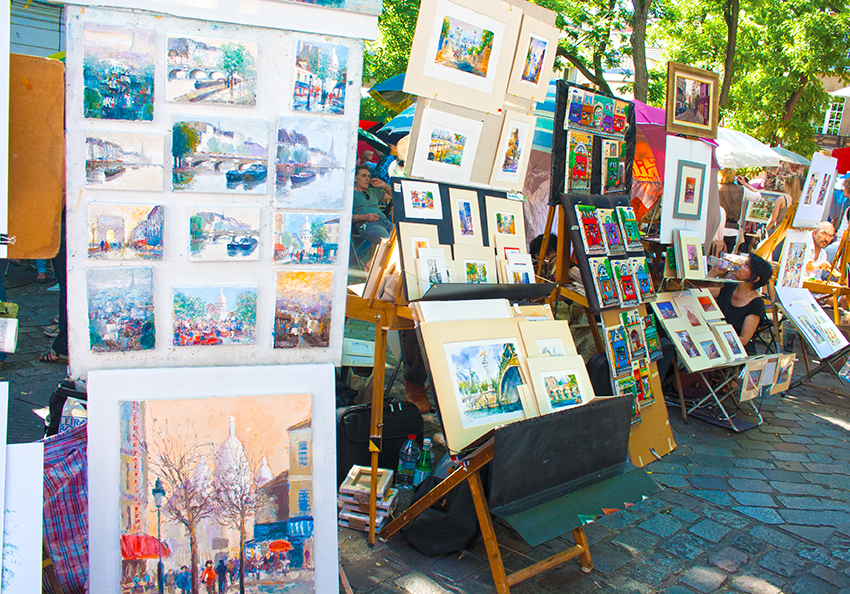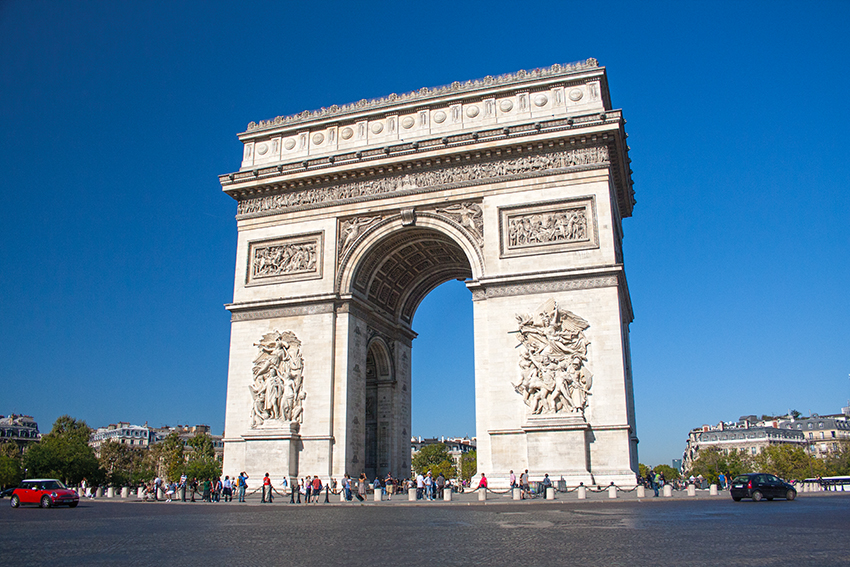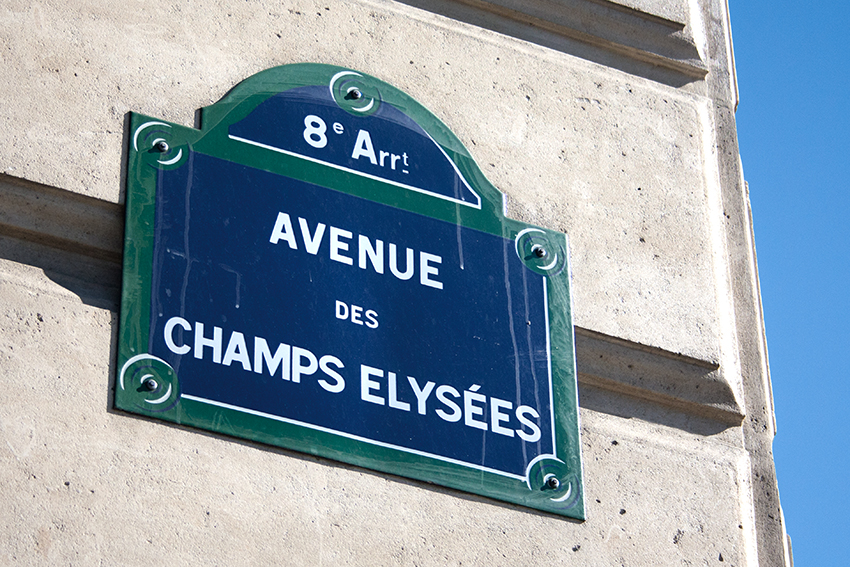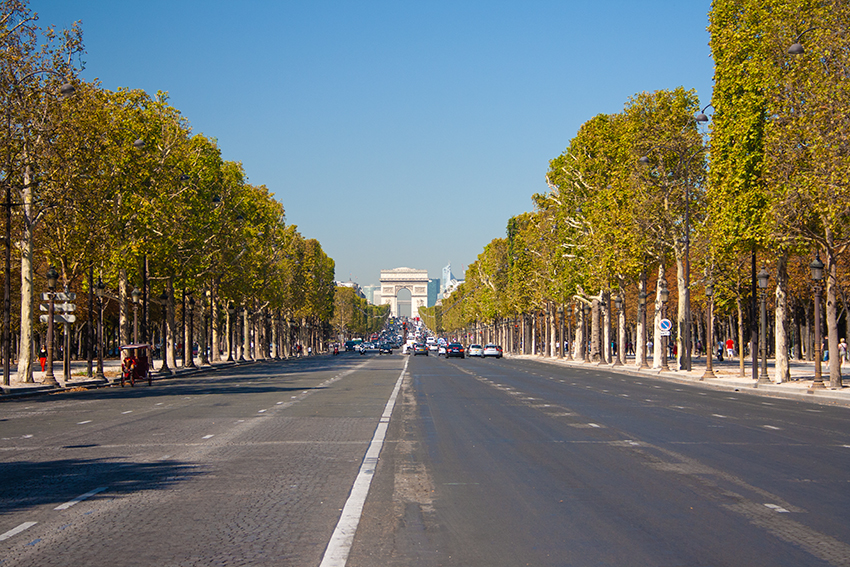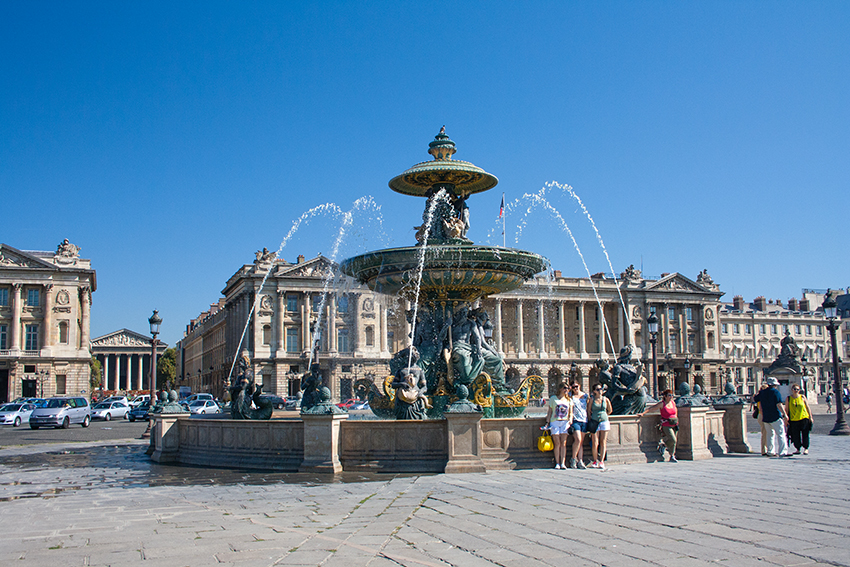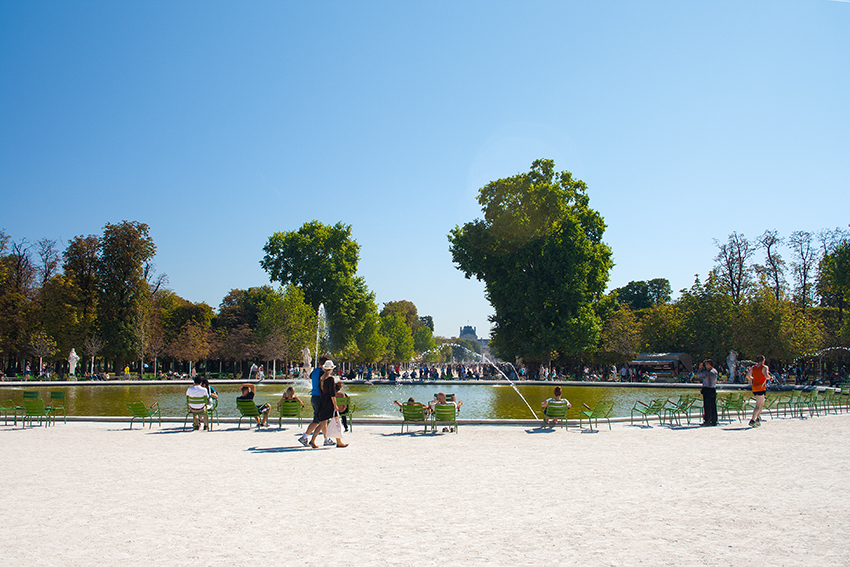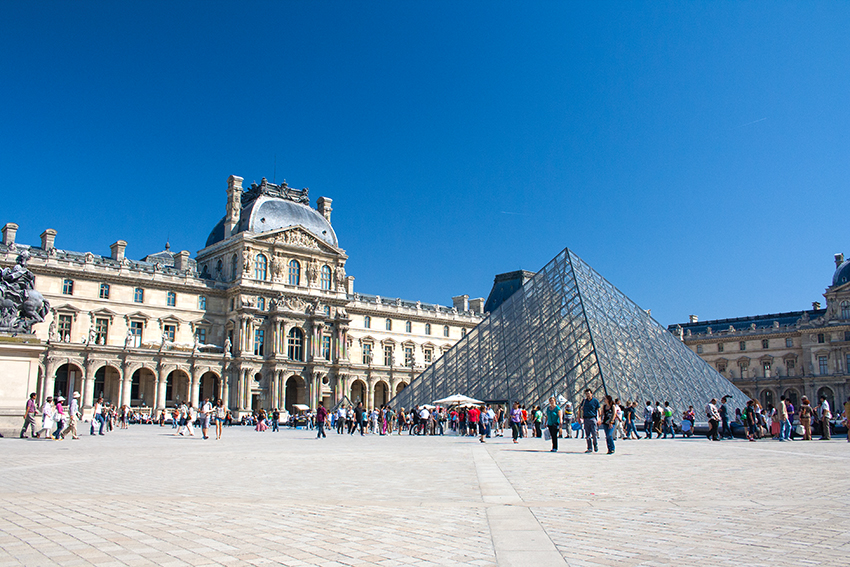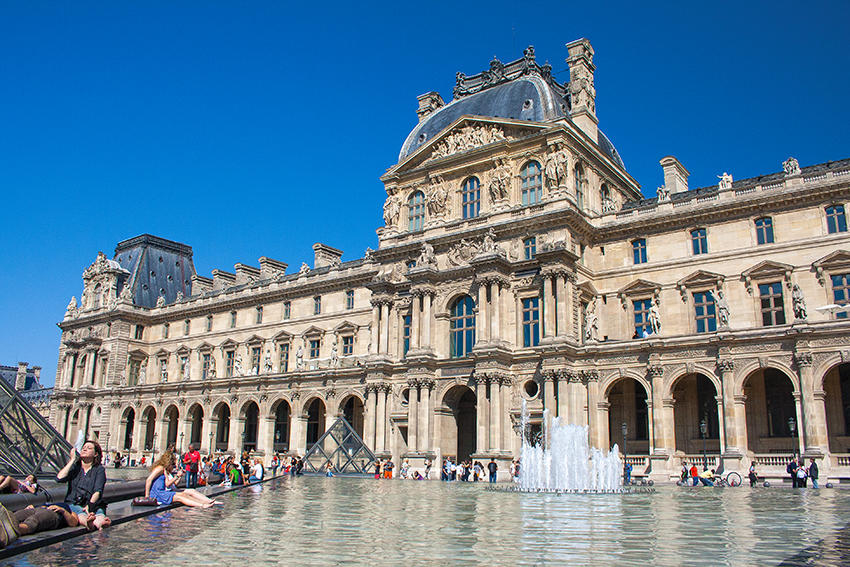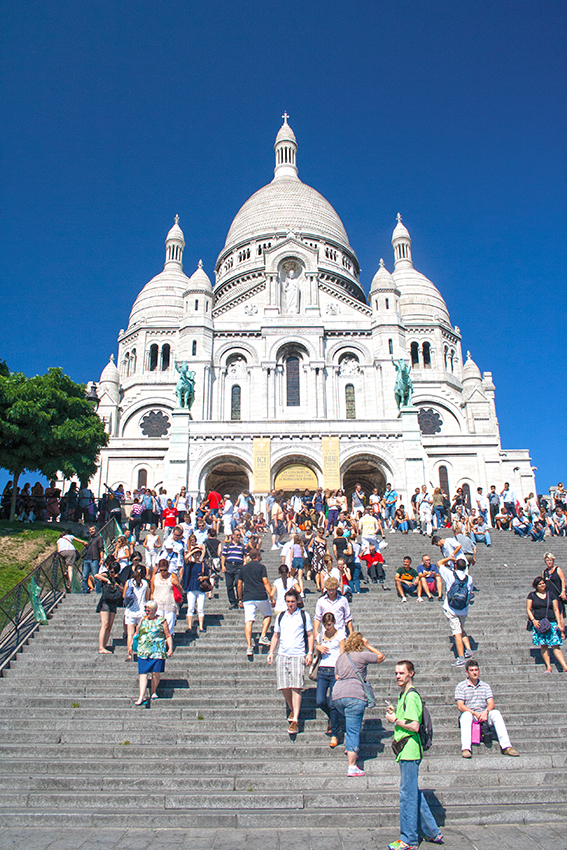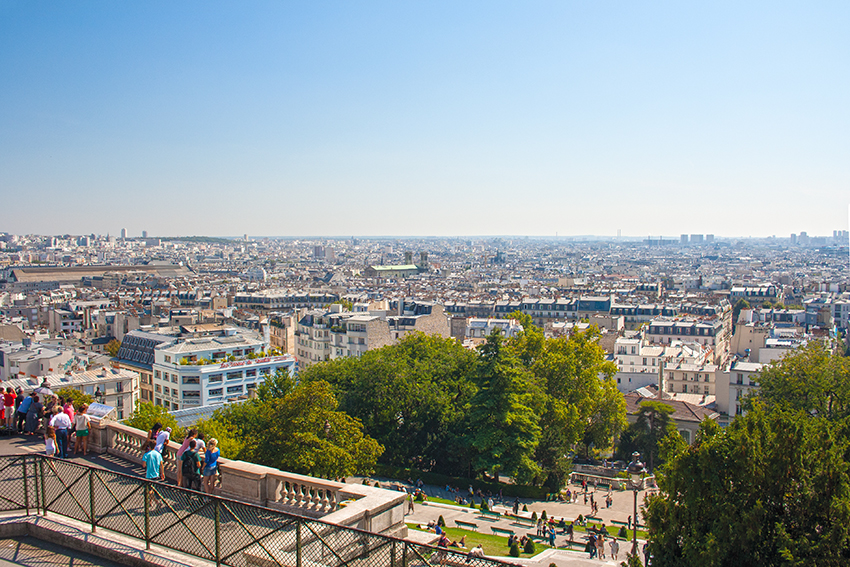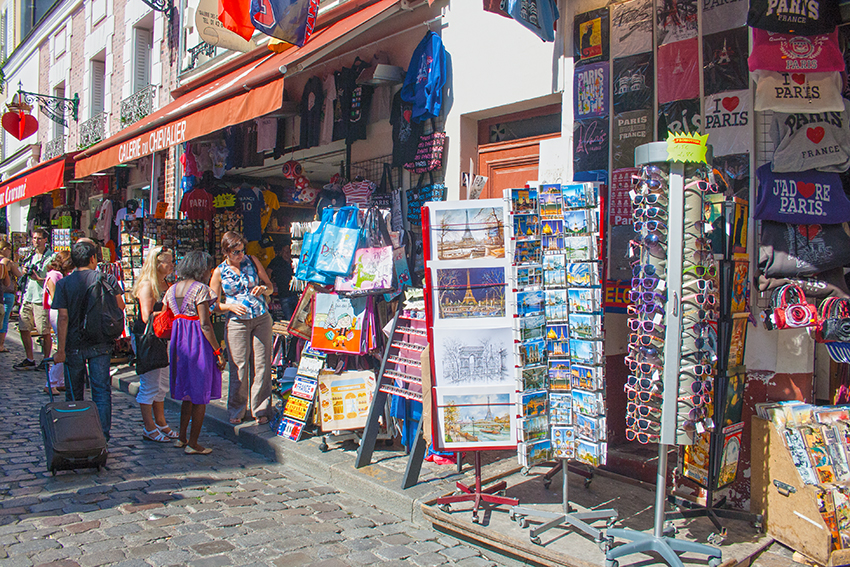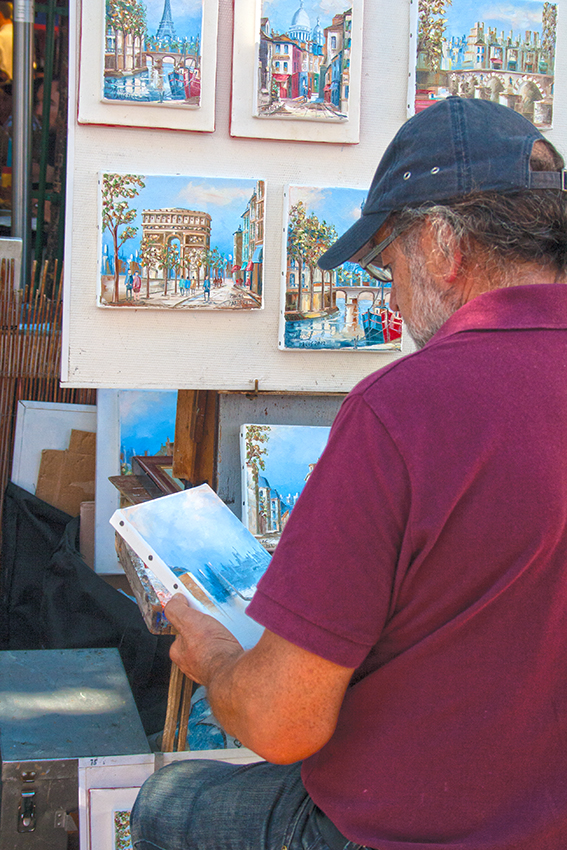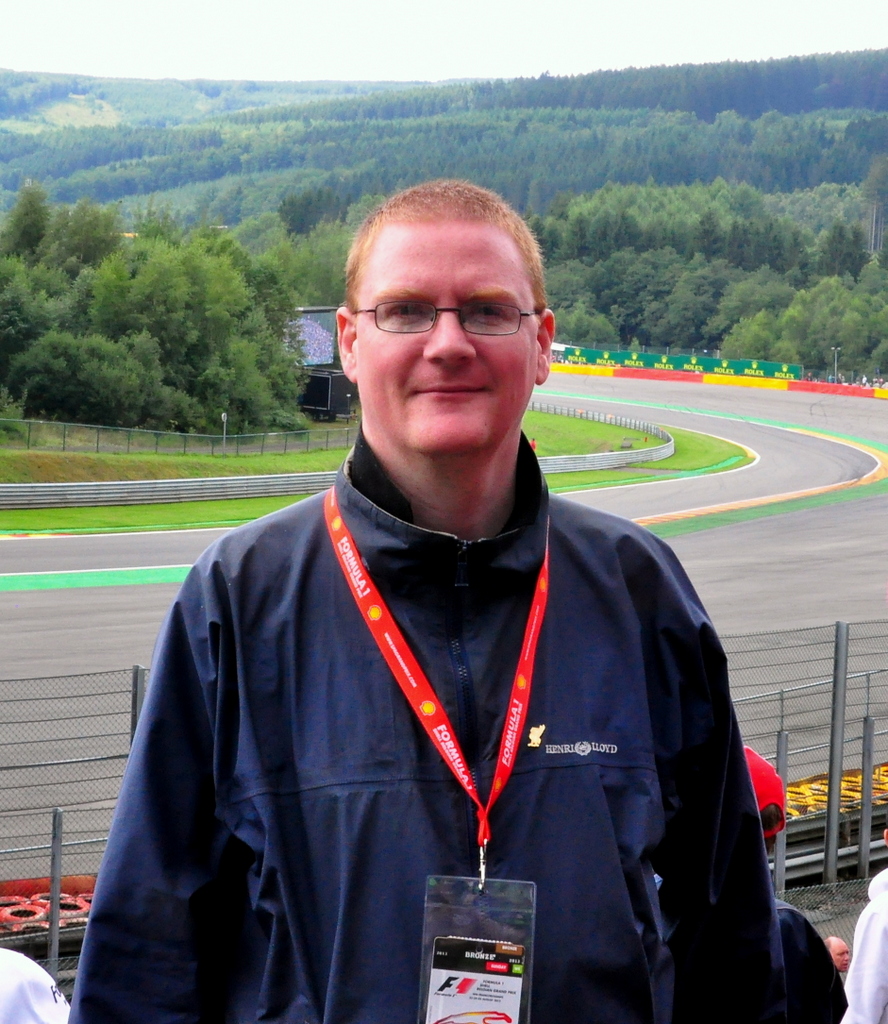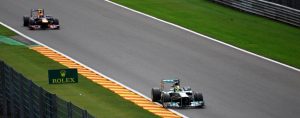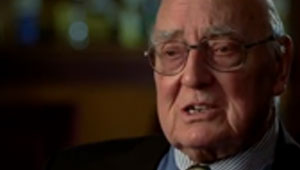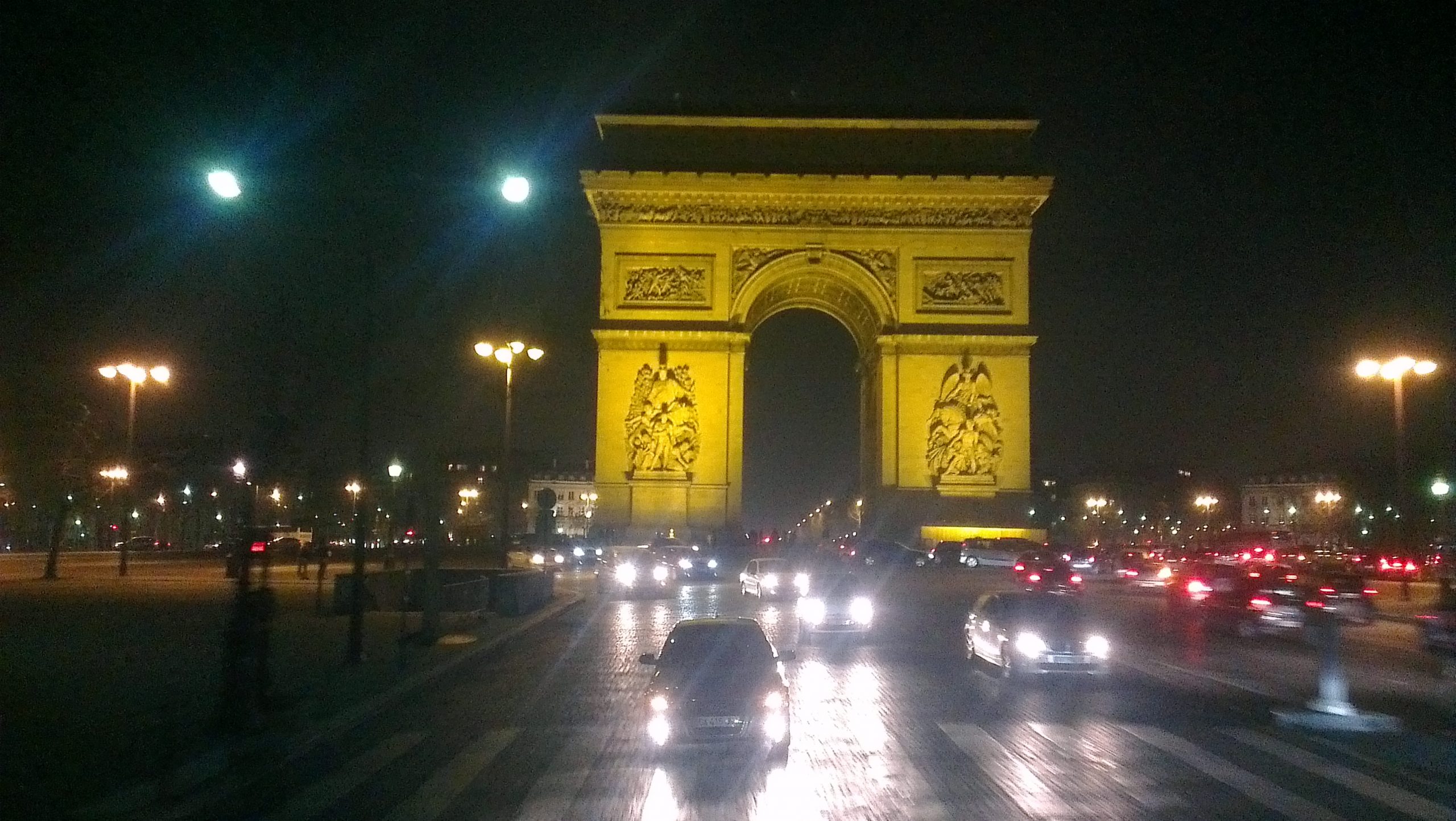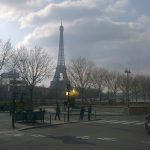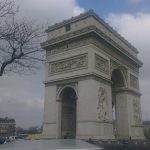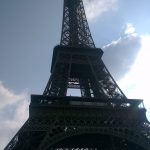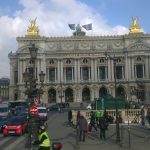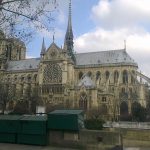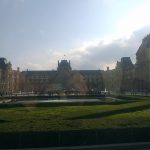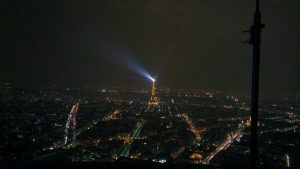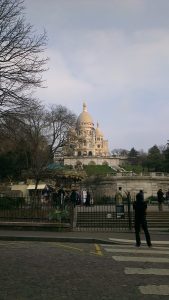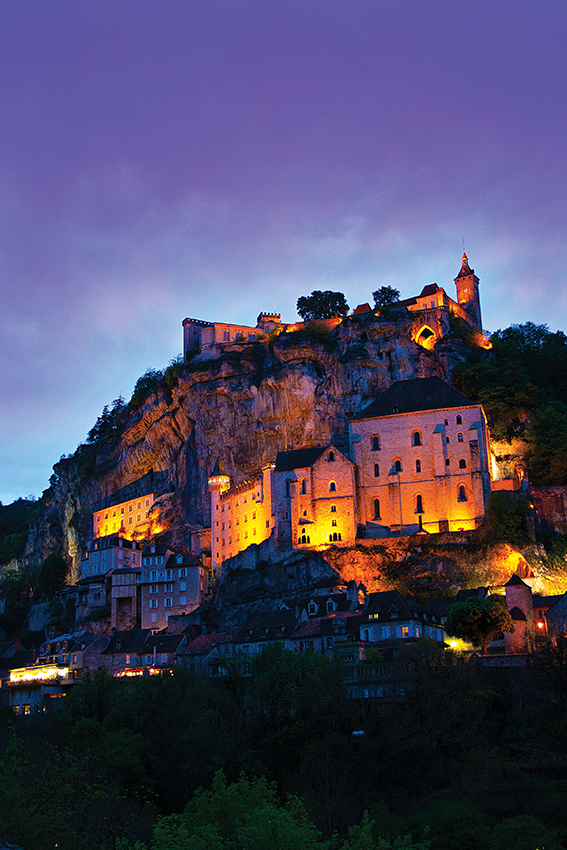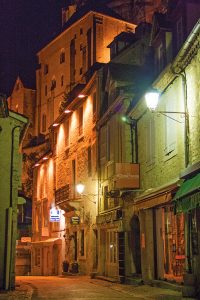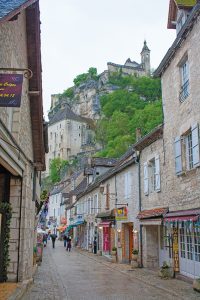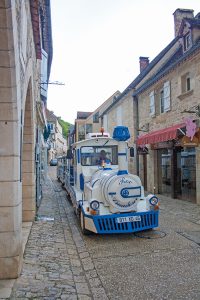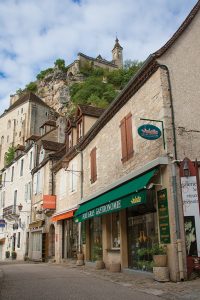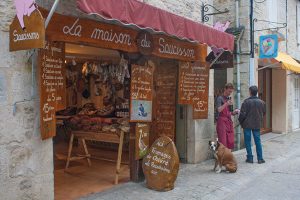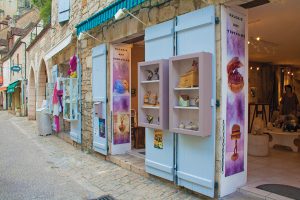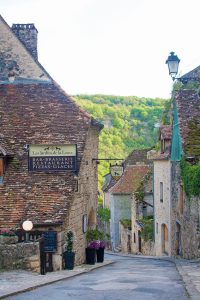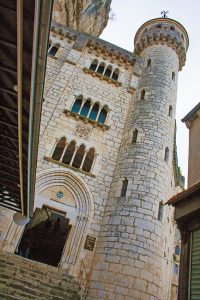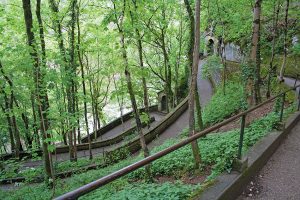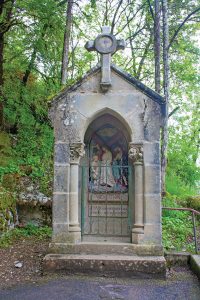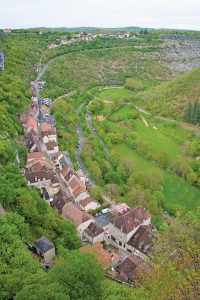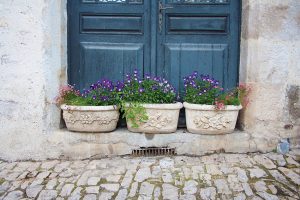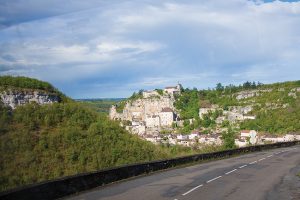As the nights draw in, there’s a certain something lingering in the air. Something, eerie… Something, spooktacular! Of course, we’ve hit Halloween.
Love it or hate it, Halloween has crept upon us once again and shops and homes are packed full of spooky costumes, sweets and carved pumpkins that really are cutting edge.
But, as we get ready to celebrate the seasonal scare-fest, have you ever wondered how others around the world celebrate?
Well, this isn’t a trick, so treat yourself to something interesting. As the sky turns dark this Halloween night, here’s how our continental friends, and beyond, will be having a ghoul old time this weekend …
The birthplace of Halloween!
Starting at the beginning, Ireland is said to be the birthplace of Halloween, dating all the way back to its Celtic roots. Marking the end of the Pagan pastoral cycle, the 31st October was considered the last day of the year.
Celts associated winter with death, so, on the last day of the ‘bright’ half of the year, it was thought the boundary separating the living from the dead became blurred.
This not only allowed the souls of the departed to return to their former homes, but also potentially wicked spirits were released from the ‘Otherworld’ and became visible to humans. Spooky!
A Magical Haunting
The Austrians take a much lighter meaning from All Hallows Eve, leaving bread, water and a lightened lamp on a table before heading off to bed.
It was once believed that this act of kindness would welcome the dead souls back to earth and rather than it being a haunting event, it was actually considered quite magical.
By the same token, in China, during the Halloween festival known as Teng Chieh, families place food and water in front photographs of family members that have passed away, whilst bonfires are lit to light the paths of spirits as they join us back on earth for the night.
However, in Germany, residents take a slightly more cautious approach when it comes to the return of the lost, putting away their knives to avoid risk of harm to or from their ‘Otherworld’ visitors. After all, those ghosts have real spirit.
Day of the Dead
You may have heard of the Dia de Muertos, or Day of the Dead, associated with Mexico and other Spanish speaking countries, in fact, it’s even the opening sequence to the new James Bond film, Spectre. However, Spain celebrates a little differently.
There is the Dia de Difuntos (Day of the Dead) and Dia de Todos los Santos (All Saint’s Day) and, whilst they are separate events, the two are usually celebrated together and are actually a religious holiday, with mass held three times throughout the festivities.
Much like Christmas, the holiday is considered a family day, however, visits to the graves of loved ones is high on their priorities, honouring their lost loved ones and leaving them covered in fresh flowers.
And, to top it off, there’s also performances of the most famous and romantic mythical story seducing women and fighting men, Don Juan Tenorio, to keep everyone entertained – not quite the scary story you would expect to hear around Halloween.
We’re Just Here for the Party
Our French neighbours don’t really believe in any spooky superstitions at this time of year, in fact, Halloween is typically regarded as an American holiday.
However, never being a nation to turn down a party, the French have somewhat adopted la fête d’Halloween as an excuse to dress up and celebrate, and who can blame them?
And, of course, one of the most spectacular Halloween Spooktacular’s is at the magical Disneyland Paris Resort, lurking amongst the pumpkins on Main Street U.S.A you’ll find spooky adventures for all the family.
Whilst trick-or-treating is not as popular over the Channel, the few you do find going door-to-door, will be knocking on the fronts of shops rather than gracing their neighbours’ doorsteps.
With a little push from big, multi-national companies, the knowledge of Halloween is now wide spread, with some people even objecting to the idea of an overly-commercialised American holiday, whilst others simply relish in some freaky fancy dress.
So, it’s over to you, how will you be celebrating this year? Do you have your own traditions of creating some freakish fun or are you having a fright night within the safety of your own sofa?
Ready for some more ghost stories? Find out where the spookiest places in Europe are hidden in our previous blog, here.


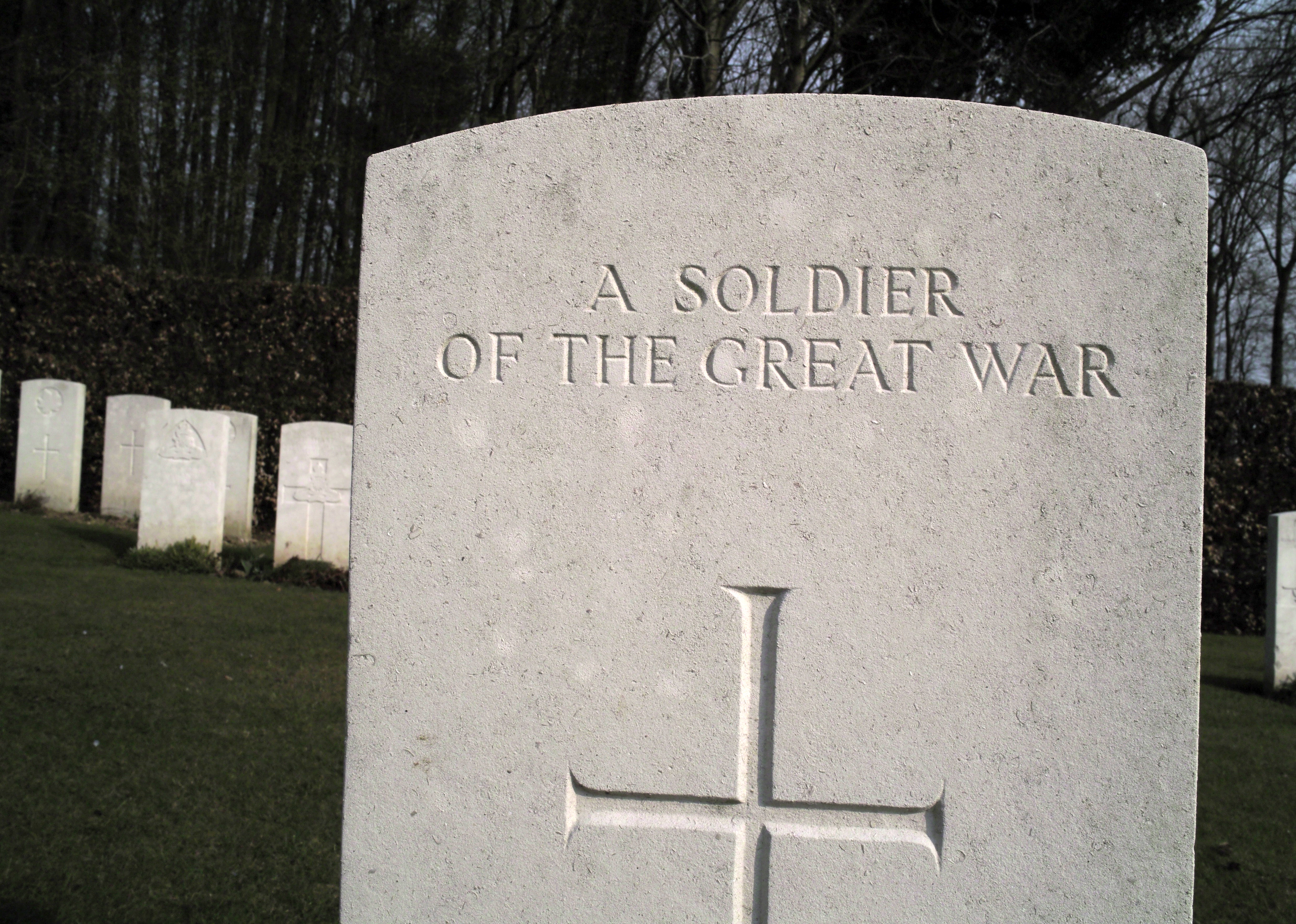
 The downside to this bias, of course, is that we miss the opportunity to garner a well-rounded appraisal of certain conflicts: the tactical approaches of Britain’s foes; the cultural impact war had on those countries; not to mention the personalities of the soldiers fighting for the other side, who are often demonised as cold, emotionless killers, when many – like our own men and women – were thrust into the field of combat against their will and better judgement.
The downside to this bias, of course, is that we miss the opportunity to garner a well-rounded appraisal of certain conflicts: the tactical approaches of Britain’s foes; the cultural impact war had on those countries; not to mention the personalities of the soldiers fighting for the other side, who are often demonised as cold, emotionless killers, when many – like our own men and women – were thrust into the field of combat against their will and better judgement.
